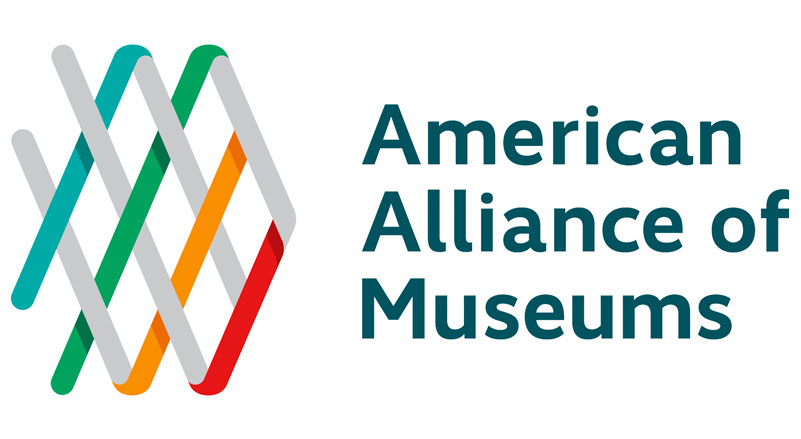Founded by Gregory Ivy in 1941, the Weatherspoon Art Museum has grown from being a university teaching gallery into a multi-gallery museum that is nationally recognized for its collections and exhibition program. It is considered one of the best collections of modern and contemporary art in the Southeast with over 6,000 works that represent all major art movements from the beginning of the 20th century to the present.
For the past 22 years, the museum’s galleries, collection, and programs have thrived and grown under the skillful leadership of Nancy Doll, museum director.
At the end of July (2020), Nancy will retire and with that transition in mind, UNCG’s Susan Kirby-Smith asked her to reflect on her time at the Weatherspoon and what’s to come next.
What do you remember about first coming to UNCG as museum director, and what impressions and memories will you take with you as you leave the role?
It was a difficult first year in that I had virtually no staff. And I had an empty exhibition slot to fill in April in the McDowell Gallery. Still, I was very happy to be there, to begin to know the campus and the community, and I felt very welcomed.
My first impression was that the building needed to be enlivened — so we began to show works from our wonderful collection in the atrium. And, in a few years, we were able to renovate the courtyard to create an atmosphere that would prepare visitors for what was inside.
It’s so hard to select just a few memories. One is the opening of the Andy Warhol print exhibition when we popped small champagne bottles to give to guests as they entered. Another was Claribel Cone’s 100th birthday party — complete with an actress dressed as that grande dame. And, the first time I was able to really spend time with Willem de Kooning’s Woman and understand what a fabulous painting it is, and that the Weatherspoon owned it!
How has the museum changed and grown during your time as director?
I felt that a big part of my “charge” was to open up the museum to a wider audience, to make it more engaging and responsive. Attendance has risen steadily, and it’s become much more diverse through a concerted effort to diversify our exhibitions, collections, and programs. I think people have come to trust that we’re committed to supporting difference and diversity in every way we can.
I believe the museum has grown to underscore its role as part of the academic mission of the University. In addition to providing tours for students, we have instituted a student gallery attendant program, and we work much more closely with other units and departments across campus to co-sponsor and collaborate on programs and to target faculty who may have a particular interest in including the content of exhibitions within their curricula.
Could you describe a few of your favorite things in or about the museum?
I love the Tom Otterness Frieze and the way it brings the huge volume of space in the building’s atrium down to human scale. I also love that vast soaring space with the blue roof and clerestory windows. I also love the spiraling staircase up to the second floor with the windows that bring light into the space. And, although it’s not always open — the tower that looks down on Tate and Spring Garden Streets.
I feel a sense of tranquility when I walk through the sculpture courtyard and into the museum.
What are your future plans?
I’m planning to stay in Greensboro (so I can still go to the museum!) and have a couple of projects in mind, both of which have been put on hold until travel is safer and other people are back to work. I might also do some consulting and have even considered training to be an appraiser. After 22 years, Greensboro has become home — I love my little house in Fisher Park and have made so many wonderful friends — I really don’t plan to leave in any foreseeable future.
Interview by Susan Kirby-Smith, University Communications. Parade photography by Martin W. Kane, University Communications



